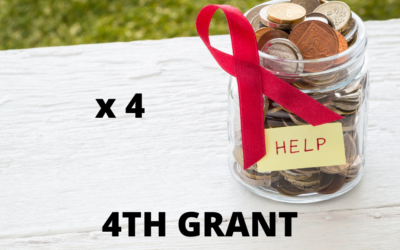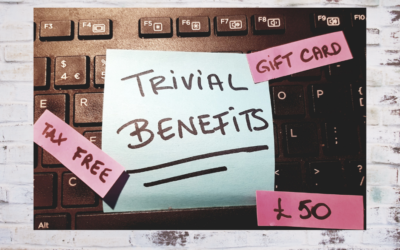VAT – Flat Rate Scheme
What is it?
VAT is calculated as a difference between VAT from sales (output VAT) and VAT from purchases (input VAT). Sometimes a person has a refund of VAT, but many times owes Vat to HMRC.
Flat Rate Scheme is a set % of VAT that has to be paid to HMRC, without deducting VAT from purchases. However there are different rates of VAT, depending on the industry you operate within; details can be found on HMRC website.
In this blog let’s assume that we are talking about the couriers, Flat Rate Scheme for his industry is 10%, above all it is a nice, round number.
It means that if the courier is registered for Flat Rate Scheme, he or she pays 10% VAT instead of calculating difference between output and input VAT.
General rules around Flat Rate Scheme.
You must apply to HMRC to register for Flat rate Scheme.
You cannot just decide you are changing your scheme; you have to work out:
- Your cost must be at least 2% of your turnover,
- The cost must be at least £1000 a year (if the costs are more than 2%),
- Your total sales, excluding VAT, in the next have to be lower that £150,000.
If your business does not fulfil those requirements your Flat Rate Scheme is automatically as 16.5%
Advantages of Flat Rate Scheme
- Accountancy is much easier, in other words, there is no need to calculate difference between output and input VAT,
- You can save money, however it was not the main reason this scheme was created,
- For the first year you have 1% discount (so if you a courier you pay 9% instead of 10%) ,
- Peace of mind, less probability to make a mistake,
- You don’t have to ask for VAT receipt, you have to remember that in order to deduct VAT is has to be on the receipt, unless receipt is less than £250, but even then receipt has to have VAT number,
- Clarity – you always know how much VAT you have to pay.
You have to remember that each business is different and not always Flat Rate Scheme is the best – eg if you make zero VAT sale.
How much VAT
Despite common opinion VAT due is not calculated on basis id VAT charged (output VAT)
Flat Rate Scheme means that VAT is calculated on total amount of sale, including VAT.
Example:
- Courier issues invoice for £1000
- VAT added is £200 (20% on £1000)
- Total amount on invoice is £1200.00
- Flat Rate Scheme is 10%
- VAT due to HMRC is 10% of £1200 – £120
Tax return
One more thing person has to remember. During your self-assessment tax return on return for your company you have to include VAT surplus, in above example £80, as your income. You have to declare it and pay tax on it.
Need help?
Need an accountant? Call me now!
Similar articles:
4th Grant
Fourth grant for self-employed will start at the end of April 2021, the exact date will be announced soon. Good news for people who did not quallfied for SEISS so far!!! If you started your seld-employment after March 2019 or you were not entitled to the...
Trivial benefits
I don’t know how many of you knows anything about trivial benefits. Many times, as an employer, you may think how to reward your hard working employees, give them something extra, some small token and in present climate save on taxes. As an employer you can buy your...
Business Entertainment
What is business entertainment and can we classify it as business expenses? What is classified as a business entertainment in relation to the clients: Food and drink Presents Cinema or theatre tickets Sports events tickets Entries to the clubs One would think that if...




